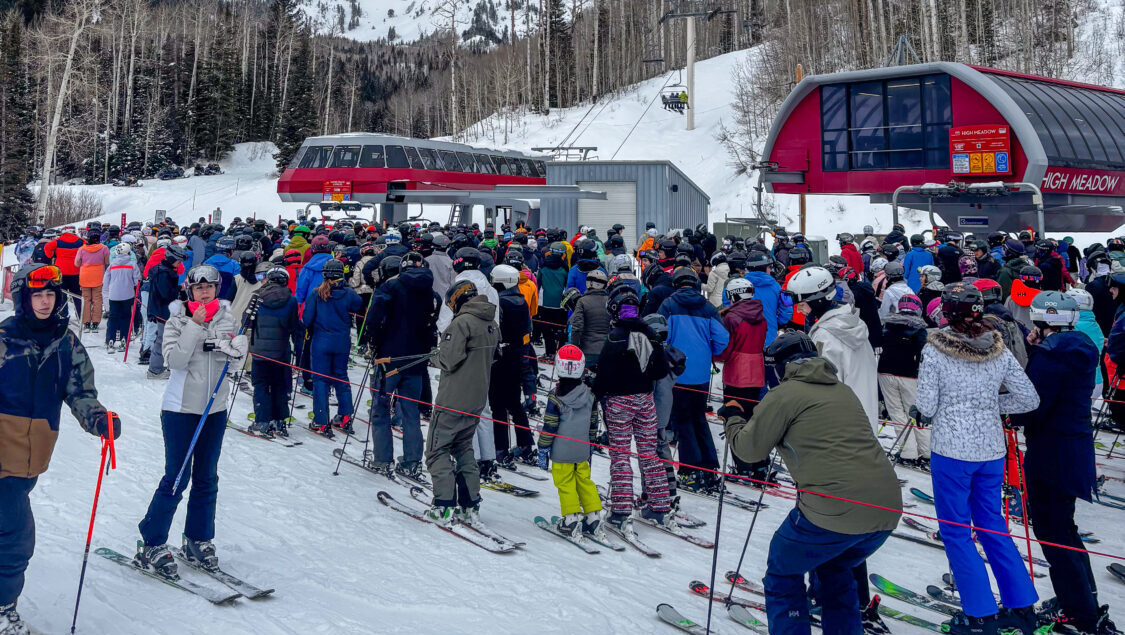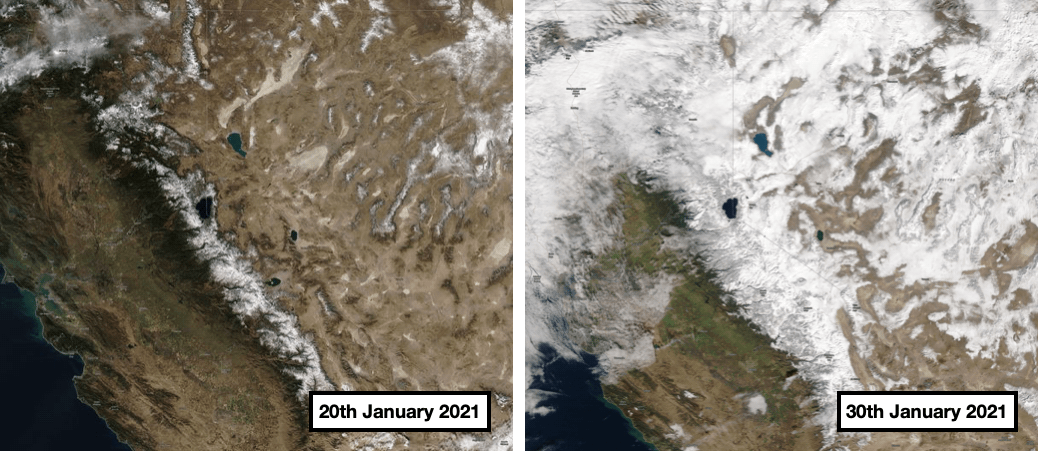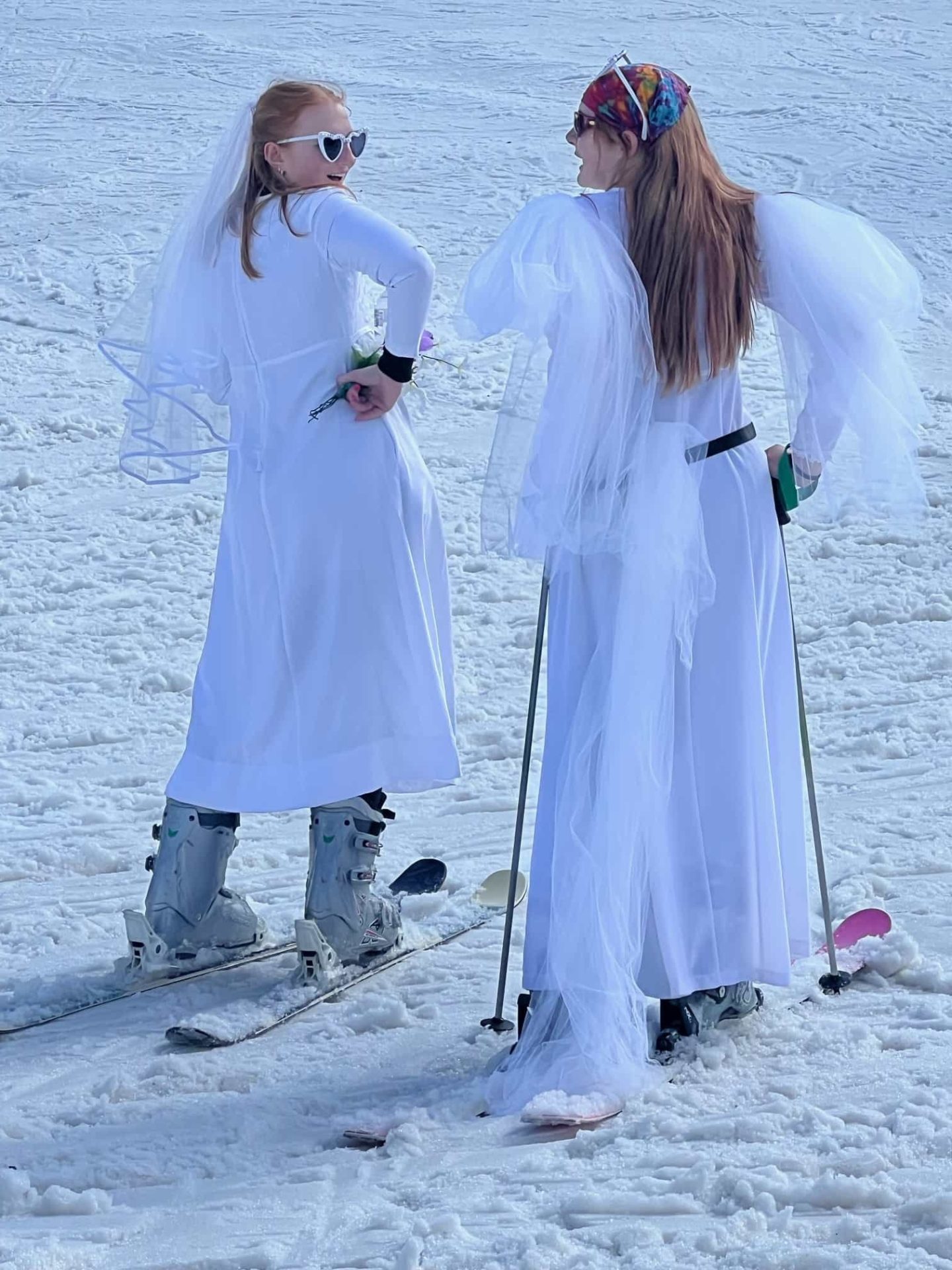
Park City, Utah, wrapped up its 2024-25 ski season with the highest tourism revenue in town history, despite a winter marked by modest snowfall and a high-profile ski patrol strike. Preliminary numbers from the Park City Chamber of Commerce show a new record for transient room tax collections—a key metric that tracks both nightly rates and lodging occupancy.
The results come during what many in the ski industry are calling a “new normal” for steady growth. According to the National Ski Areas Association (NSAA), the 2024-25 season recorded 61.5 million skier visits nationwide, the second-highest total on record and just behind the 2022-23 post-COVID boom. The Rocky Mountain region, which includes Utah, made up nearly 43% of all national visits.
The Park Record reports that Park City’s success was part of a broader trend in the Mountain West, where interest in snow sports remains strong even as average snowfall slightly dipped below the 10-year average. After a slow start to the season in terms of snowfall, Park City Mountain Resort received approximately 288 inches of snowfall during the 2024-25 ski season, which is about 98% of the resort’s average. At the national level, snowfall averaged 150 inches, about 6.9% less than the previous season. Still, the season’s relative stability was viewed as a boost for consistent operations and visitor experience.
Despite the positive numbers, the season at Park City Mountain was far from smooth. Over the December holidays, the resort became ground zero for the largest ski patrol strike in U.S. history. On December 27, unionized patrollers from both the Park City and Canyons base areas walked off the job following a breakdown in contract negotiations with resort owner Vail Resorts.
The 13-day strike, which came during one of the busiest weeks of the season, led to significantly limited terrain and long lift lines. Less than 20% of the mountain was open at times, drawing criticism from customers and local officials. Patrollers cited wage stagnation and lack of support for experienced staff as key concerns. Vail eventually reached a deal on January 8, ratified the following day, ending the standoff.
While the dispute didn’t stop the resort from operating, it did leave a mark on Vail’s public image—and served as a key moment in the broader unionization movement within the ski industry. Patrollers from other Vail-owned mountains, including Breckenridge and Keystone, voiced solidarity, and an open letter criticizing the company’s approach helped spark national media coverage.
Across Vail Resorts’ 37 North American properties, skier visits fell by 3.1% compared to last year, according to company filings. However, season pass sales helped boost overall lift revenue, indicating growing reliance on pre-committed access products. Nationwide, season passes made up nearly half of all skier visits, while day tickets accounted for about one-third.
The Park City Chamber of Commerce says the town is likely to budget for a flat 2025-26 season, signaling an end to three straight years of record growth, according to The Park Record. Even so, industry observers say that Park City’s sustained performance—even in a strike year—shows the resort’s importance to Utah’s snow sports economy and the national market. Nationally, U.S. ski areas invested $624 million in capital improvements this season, with much of it focused on lift upgrades. NSAA data shows the average resort reinvested $21.11 per skier visit, up from a five-year average of $20.37. Another $560 million is already committed for 2025-26.
While snowfall will always vary, the current trajectory suggests strong long-term demand for skiing and snowboarding. For places like Park City, the challenge will be balancing growth with worker retention, infrastructure needs, and maintaining visitor experience as the ski industry enters a more mature phase.





